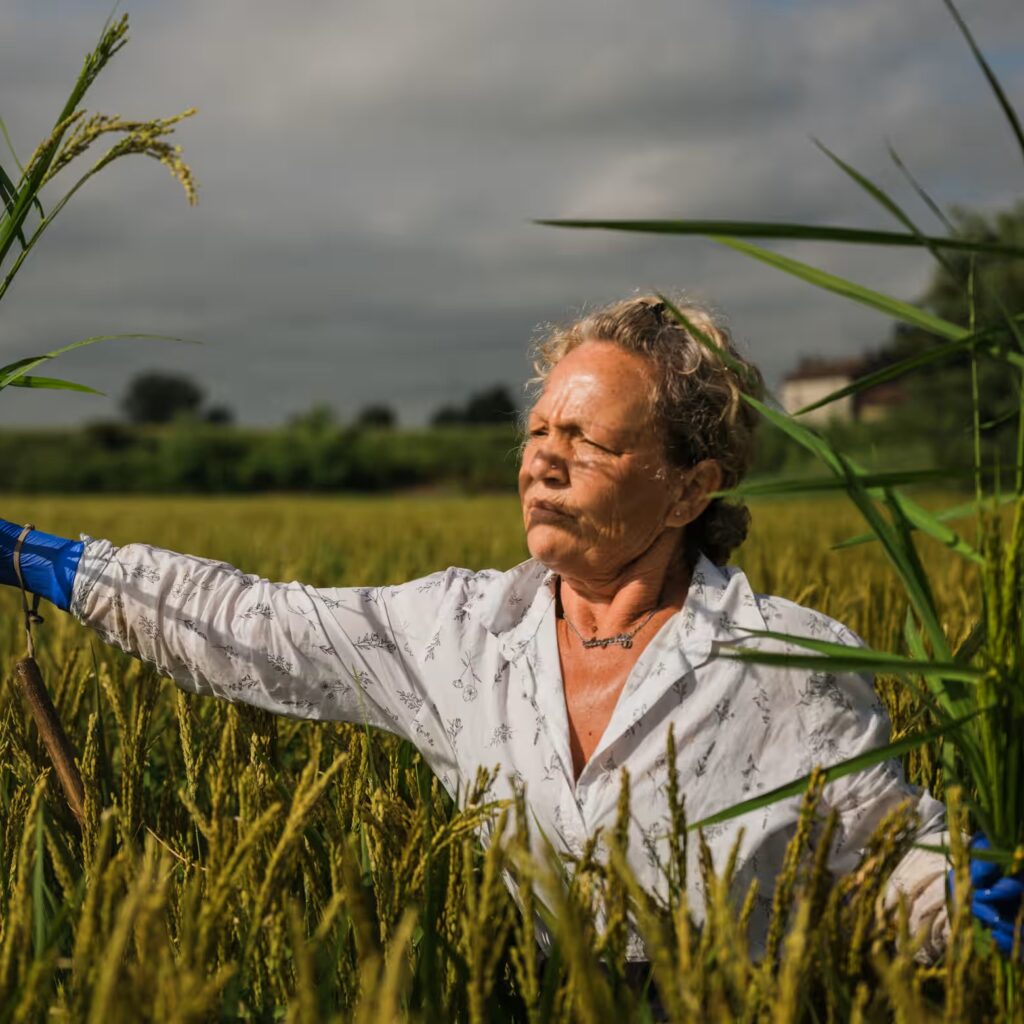
In the serene landscapes of Mortara, nestled within the expansive Po valley, Luigi Ferraris, a seasoned 58-year-old rice farmer, faced an unprecedented challenge in 2022. The region, known for its fertile floodplains crucial to Italy’s rice production, encountered a severe drought that drastically reduced rainfall by 40% in the first half of the year. The Alps, typically reliable for their snowmelt feeding the Po River, contributed to an alarming 88% decrease in water flow, leading to historically low levels in the river and its canals.
Despite these dire conditions, Ferraris remained optimistic, hoping for a swift return to normalcy. He, like many in the Pianura Padana, was accustomed to battling excess water, not scarcity. This area, once a marshland rife with malaria, was transformed over centuries through meticulous drainage and land levelling. Local farmers, including Ferraris, had historically worked to repel water, making the sudden lack of it a new and daunting obstacle.
Alberto Lasagna, director of Confagricoltura Pavia, reflects on this irony. For generations, the struggle in the Po Valley was to manage and mitigate the abundant water to make the land suitable for agriculture. Now, the community finds itself in an unfamiliar predicament, grappling with the urgent need for water to sustain their crops and continue their way of life.
This shift marks a significant turning point for the region’s agricultural practices. It poses a poignant question about the future of farming in areas once defined by their battle against water. Read More
News Credit: The Guardian
Picture Credit: Marco Massa and Haakon Sand



This gateway is fabulous. The splendid substance displays the maker’s commitment. I’m overwhelmed and envision more such astonishing material.
Thank you.
This platform is phenomenal. The magnificent data uncovers the maker’s excitement. I’m shocked and expect additional such astonishing sections.
Thank you.